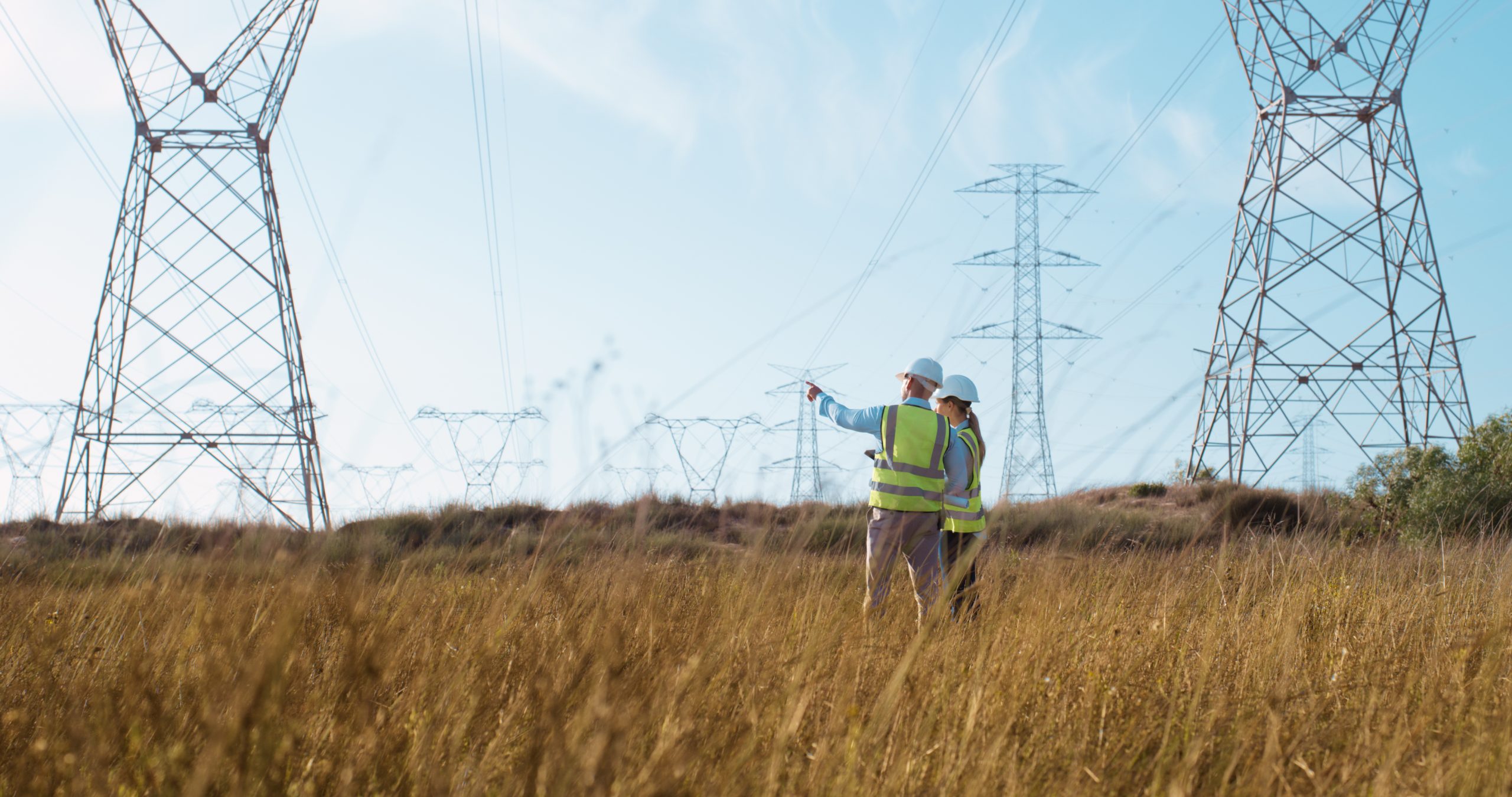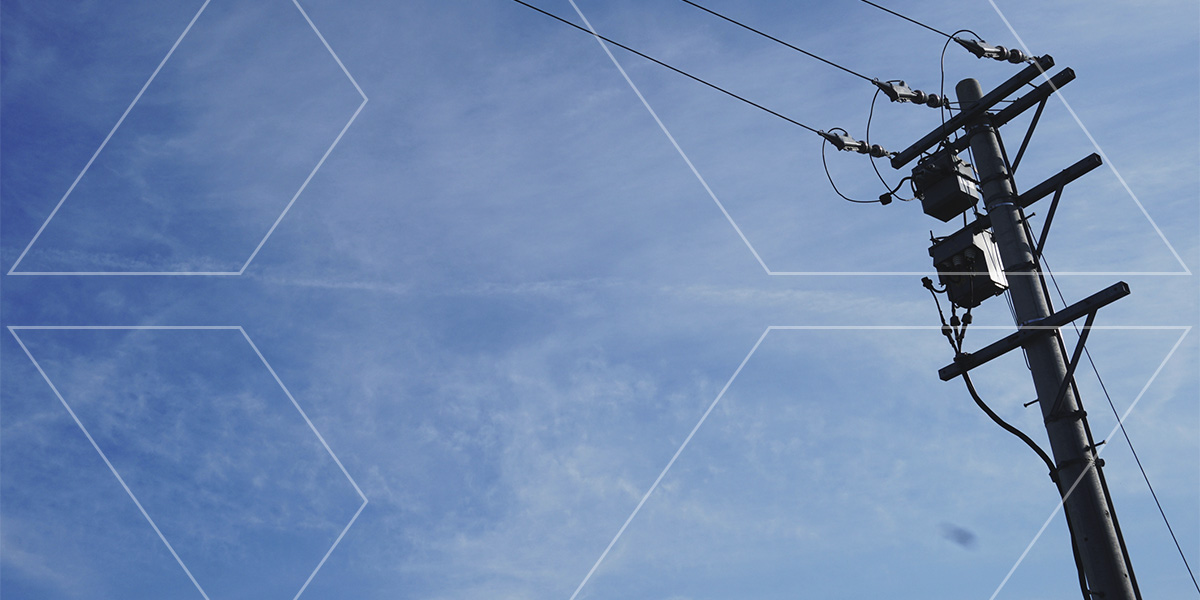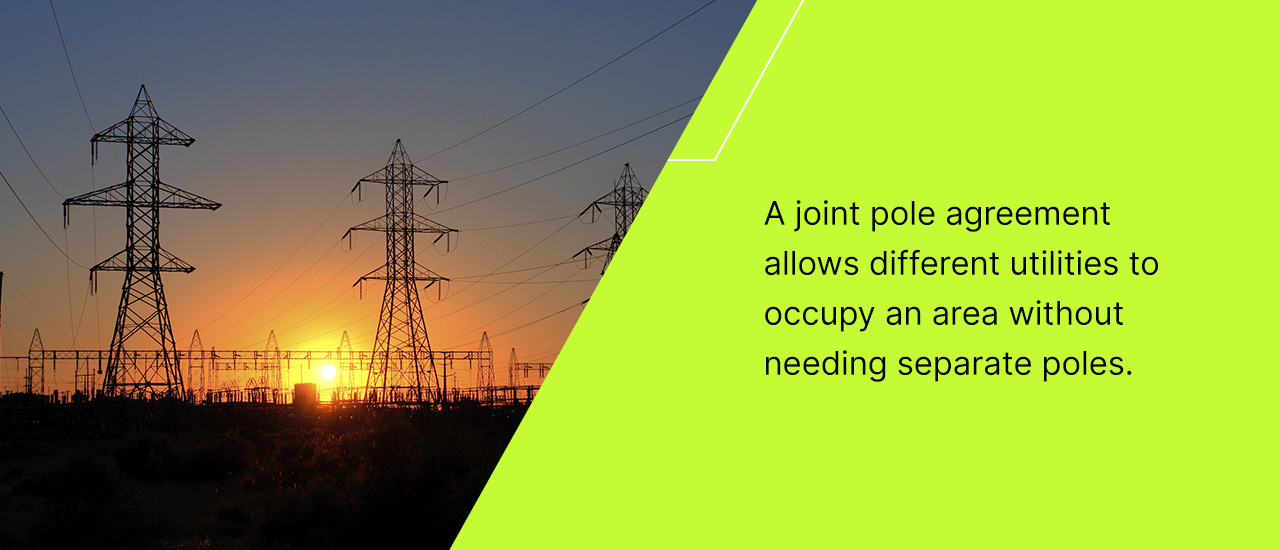Poor recording keeping doesn’t show the number of attachments on a single pole, resulting in a pole bearing more equipment than it safely can. Pole overloading can pose a significant safety risk for the public.
Generally, power and utility companies own and operate their resources and equipment independently. The only exception to this standard is when utility companies transmit their communication signals and power to their customers through utility poles.
Only so many utility poles can occupy a space, and having wiring from several poles and utility companies interacting with one another can pose significant safety hazards and repair requirements. Many utility companies are competing for utility pole space. However, there is a way to reduce the demand for space while allowing utility companies to meet the demands of their customers.
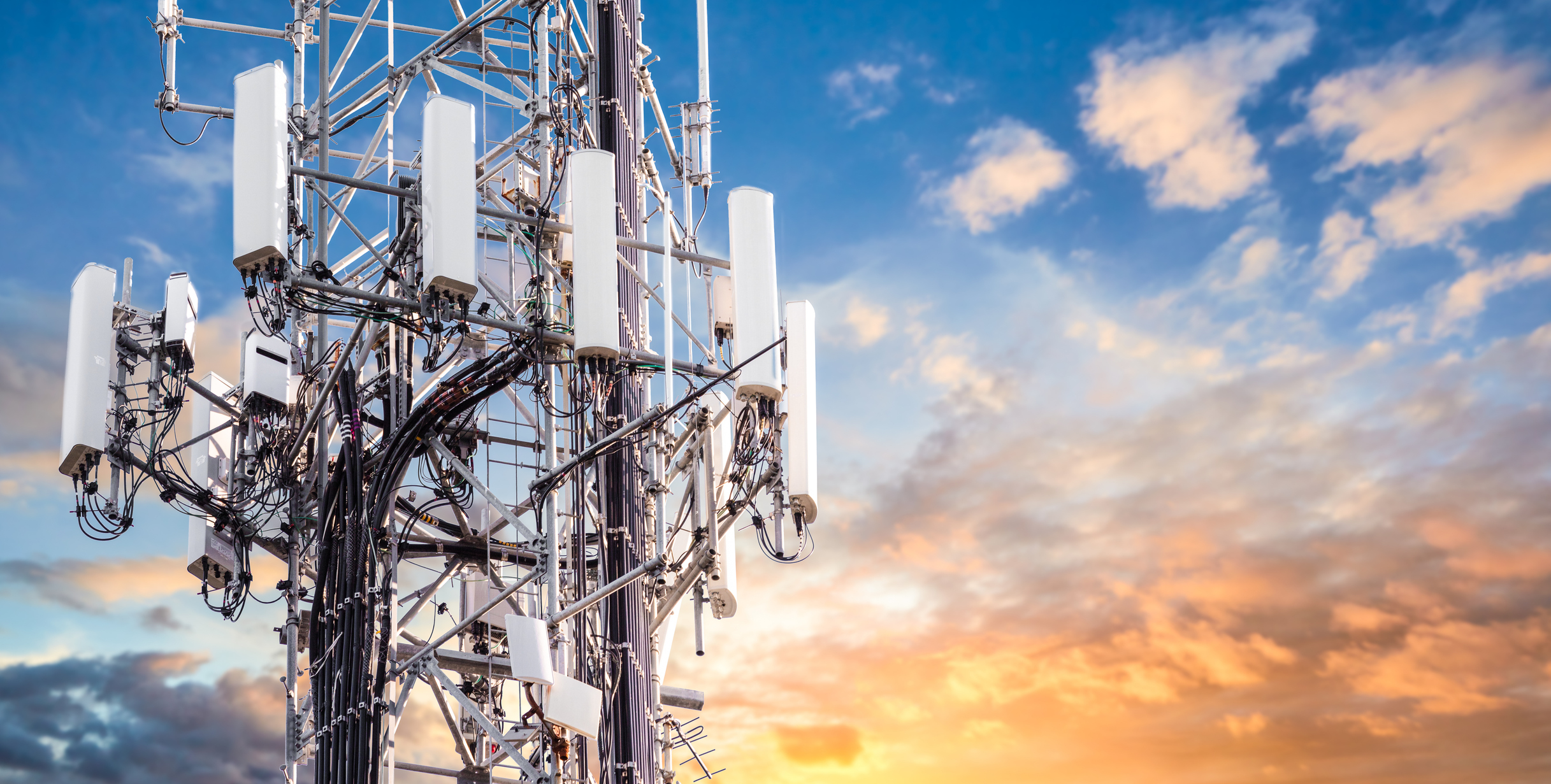
What Is Joint Use in Utilities?
Joint use involves sharing infrastructure with similar companies in the same geographic location. Joint use in utilities refers to multiple utility companies using the same utility poles. While a single entity or company owns each set of poles, more than one utility company uses them to transmit power or communications to customers. Many utility companies can use the same poles, including internet providers, electric power companies, telephone and broadband providers, and more.
Typically, two main contributors help keep the utility and communications infrastructure operating while using the same set of poles. These operators include the conduit vault — or pole owners — and the attachers who use these conduit vaults or poles to transmit their services to customers. The companies that own and attach to the utility poles must work together to make their operations successful. Typically, the attachers will rent the utility poles from the owner for their operations. The owner and attacher must be in constant contact to ensure their services can continue to run efficiently.
The ability to share infrastructure among utility companies can benefit the service providers and their customers. As technology grows and more innovations hit the market, more companies will need to use utility poles, and sharing the infrastructure can help reduce hazards.
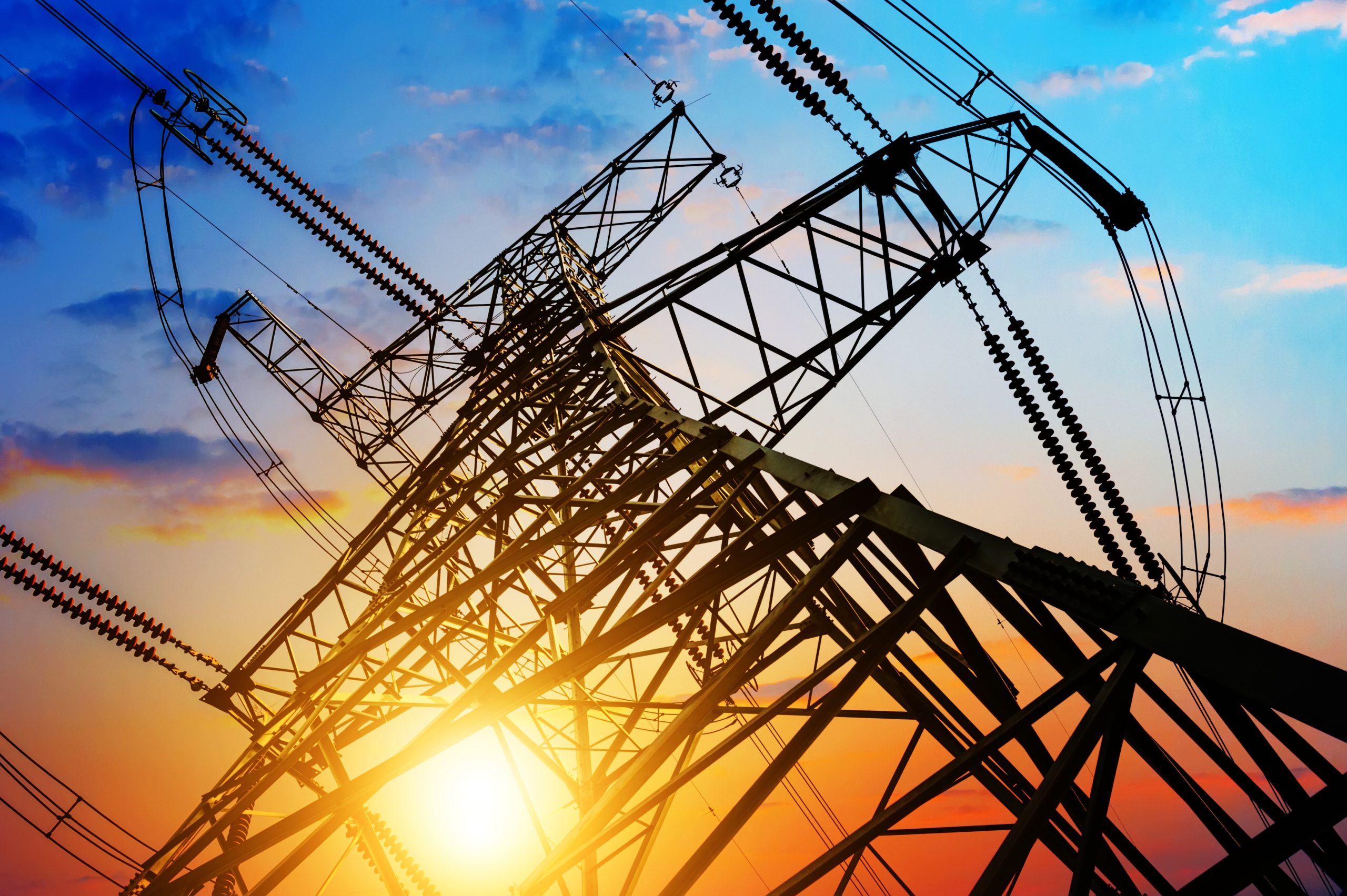

How Does Joint Use Work?
Joint use can be managed in a few different ways. Some places will utilize joint ownership, meaning individual utility poles are split by a specific percentage and owned by multiple utility companies. Splitting up the ownership of the utility poles, also called ownership parity, has been the most common way to handle joint use for decades. These agreements will establish the percentage owned by different utility companies.
However, more entities own utility poles today than in the past, including states, cities, municipalities and sometimes private organizations. Many utility companies don’t own utility poles of their own anymore, which requires them to find methods other than ownership parity to provide services to their customers. These utility companies often become attachers, meaning they rent out the use of utility poles that other companies own.
These companies will establish a joint use pole agreement, which allows different utilities to occupy an area without needing separate poles. Establishing a joint pole agreement is typically a multistep process, requiring the attachers to seek local permit approval and rental contract before using the shared utility poles. Continuous contract management is essential once attachers are granted a permit to use these poles.
Optimizing Joint Use Agreements: Strategies for Success
A joint use agreement is a legally binding document, so it’s important to treat it with the same degree of respect you would any contract. For example, continuous contract management is essential for ensuring everyone gets what they are entitled to even after receiving approval for a permit. Working with a lawyer can help you create an actionable plan for negotiating and executing a strong agreement that benefits all parties.
Crafting Effective Joint Use Agreements
Establishing clear terms benefits all stakeholders by outlining the limits of the contract. The key components of a successful agreement include:
- Scope and purpose: Each party should clearly define their intended use for the pole and the scope of this project to avoid interfering with new installations.
- Rights and responsibilities: Prevent disputes by clearly defining what each party is responsible for in terms of maintenance, repairs, insurance, liability and any other associated costs.
- Agreement duration: Specify the start and end dates for the agreement and include provisions for renewal or termination, as well as any required notice periods for each.
- Compensation and cost allocations: Including provisions for costs such as attachment fees and rental charges helps ensure fairness and that the Federal Communications Commission (FCC) regulations regarding competition among utility companies are upheld.
- Dispute resolution: If a dispute arises during the term of the agreement, including a mechanism for dispute resolution can help protect your company from unfair losses.
- Applicable regulations: List all federal, state and local regulations that apply to the agreement as well as which legal framework will apply in the case of a dispute or other legal issue.
Joint Use Challenges
Joint use became necessary as more utility companies started vying for the space to supply services to their customers. However, this doesn’t mean the process has come without challenges. Some of the different challenges of joint use include:
Before technology caught up, utility companies stored their data on paper and eventually transferred it to spreadsheets. Information that was transferred was often outdated and not corrected. Failing to store this data in a modern digital system can be disastrous.
Utility poles can become damaged from weather, debris and time. Many neglected utility poles are affected by rot and splits.
Sometimes, a new pole is placed next to an existing pole. However, many attachers’ equipment isn’t transferred to the pole or is done so haphazardly.
Some entities will attach equipment to a utility pole without permission from the owner. This can create confusion when approved utility companies try to attach equipment to the pole.
Joint use poles may be overwhelmed by the increasing demand and requests.
Addressing Joint Use Challenges With Actionable Solutions
While joint use has some challenges, there are also ways to combat these problems to make joint use more effective for different utility companies. Some tips to overcome these challenges include:
- Routine inspections, audits and inventory: Inspecting utility poles, taking inventory or running audits can solve a number of the problems mentioned above. Inspections can help you catch pole damage, illegal attachments and overloaded infrastructure.
- Joint use management system: These systems can help you manage double-pole challenges. These systems make communicating about transfers and other pole issues easier for owners and attachers. This technology can also help you store all your data to prevent unnecessary problems like pole overloading.
- Accurate record-keeping: Keeping records of individual tasks can help streamline audits and reduce backlogs. When inspection teams have accurate, updated information, these teams can inspect poles more quickly and accurately.
- Communication: Utility pole owners and attachers should constantly communicate, including sharing map locations, discussing transfer requests and informing owners about pole changes. Communicating can also help owners work through backlogs more efficiently.
Taking steps to properly manage your joint use agreements can help you reduce the common challenges owners and attachers find with sharing the same utility poles. Proper management can help you catch the damage, prevent pole overloading, ensure transfers go through and reduce the frequency of illegal attachments.
Diagnosing Common Power Pole Problems
Regular inspections and maintenance activities can help you detect potential issues early, which can help you prevent breakdowns and service disruptions later on. Some common tests used to identify and diagnose power pole issues include:
- Pole integrity testing: Diagnosing internal problems often requires testing using specialized equipment, such as resistographs and pole testers, that can identify structural issues such as hollow areas and decay.
- Ground resistance testing: Poles with high ground resistance can quickly become electrical hazards, so it’s important to test every few months.
- Power quality analysis: Issues such as voltage fluctuations and outages can often indicate bigger problems with either your poles or connections, and power quality analyses can help you pinpoint the source.
If you or any of the other parties involved in your agreement want a second opinion on what you believe to be the issue, consulting with professional electrical engineers can help you resolve the issue before it escalates.
Overcoming Regulatory Obstacles in Joint Use
Some of the most important regulations and governing bodies that apply to joint use poles include:
- Telecommunications Act of 1996: This FCC act ensures that all utility companies have equal access to available utility pole space at reasonable rates, which helps promote competition within the industry. The act also mandates that joint use agreements must include clear terms and conditions defining each party’s roles and responsibilities, maintenance obligations and mechanisms for handling potential disputes.
- National Electrical Safety Code (NESC): This standard from the Institute of Electrical and Electronics Engineers (IEEE) provides clear guidelines for the safe installation, operation and ongoing maintenance of shared telecommunications infrastructure.
- National Joint Utilities Notification System (NJUNS): Developed by an organization including various utility companies, this notification system helps coordinate and manage joint use activities between entities in a given area.
- Federal Highway Administration (FHWA): Although the FHWA does not issue specific regulations on joint use poles, their oversight of highway infrastructure does mean they have a strong influence over construction factors such as pole placement and height restrictions.
Additionally, every state and municipality has its own legislation that utilities should be aware of when planning a joint use agreement. Checking with the appropriate authorities before taking any serious action can save you valuable time and effort in planning and construction.
Proactive Joint Use Asset Maintenance
It’s important to create a maintenance schedule that outlines how often you will perform each maintenance activity, as this will help you keep costs low and prevent serious breakdowns from impacting your business in the future.
Some important considerations for creating a maintenance schedule include:
Create a comprehensive inventory of all assets you are responsible for maintaining, making sure to include details such as installation dates, inspection results and a history of previous maintenance and repairs.
Create a space to document any areas that could become problematic, and track changes any time you notice something different.
Regularly review and evaluate how effective your maintenance routine is. Make adjustments as necessary to enhance reliability and efficiency.
Partner With TRC for Joint Use Management
If you’re an owner or attacher, you’ll want to manage your joint use agreement to ensure you don’t encounter any challenges associated with using the same utility pole as other companies. TRC Companies can help you manage your joint use agreements to help you maximize the potential of your contracts. We utilize management methods and software tools to help you minimize the challenges associated with joint use while helping increase your revenue and reduce overall costs.
We have over 25 years of experience in the power and communication industry, giving us the necessary skills to help you manage your joint use contracts. Our joint use management services include field, contract, engineering and administrative services. We can also help you with program management to streamline your processes and make them as efficient as possible. Contact us today to learn more about our joint use management services and how we can help.
